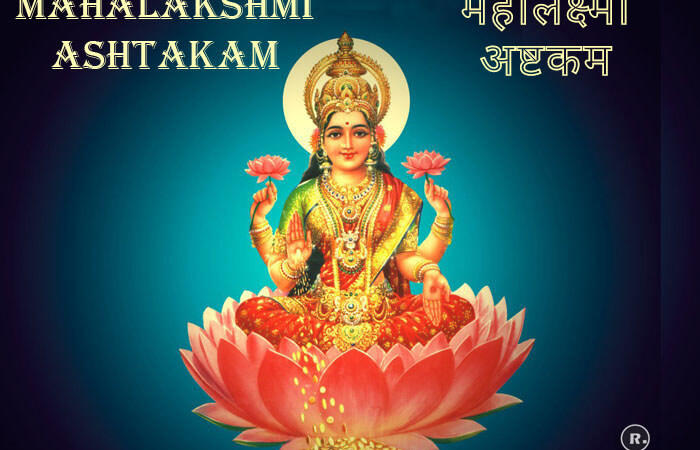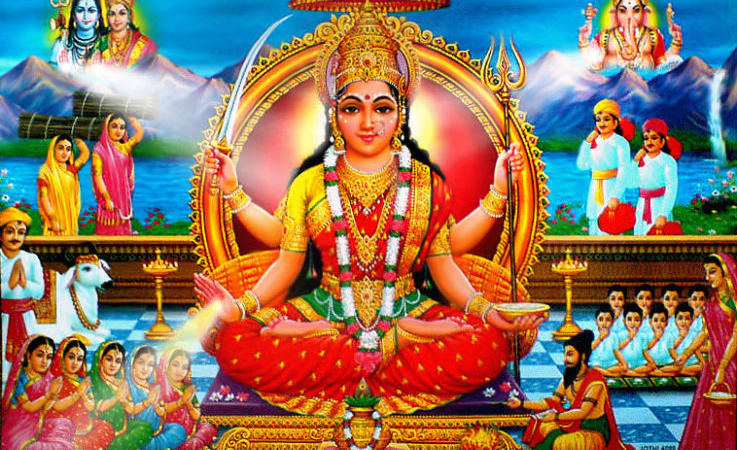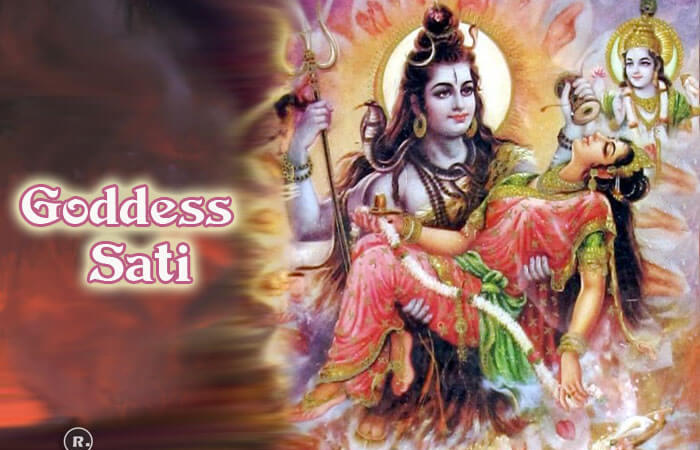Biography of Guru Amar Das (1479 – 1574)

Guru Amar Das (Gurmukhi: ਗੁਰੂ ਅਮਰ ਦਾਸ) was the third Sikh Guru. He demolished many social evils like stopping child marriage, widow re-marriage, etc. He became Sikh Guru on 26 March 1552 at age 73.
Amar Das began building a cohesive community of followers with initiatives such as sanctioning distinctive ceremonies for birth, marriage, and death. Amar Das also established the manji (comparable to a diocese) system of clerical supervision.
Fast Facts
- Name: Guru Amar Das
- Birth: 5 May 1479
- Place of Birth: Amritsar, Punjab, India
- Father: Tej Bhan Bhalla
- Mother: Mata Lakshmi
- Wife: Mansa Devi
- Children: Mohri, Mohan, Dani, and Bhani.
- Guruship: 26th March at age of 73 (1552-1574)
- Death: September 1, 1574
- Death Place: Goindval, Amritsar, India
- Indian spiritual teacher: Third Sikh Guru
- Spiritual Predecessor: Guru Angad
- Spiritual successor: Guru Ramdas
Early Life
Guru Amar Das was born on 5th May 1479 in Basarke village, Amritsar, Punjab. His father Tej Bhan Bhalla was a farmer and trader both parents were devoted Hindus which included vegetarianism and Amar Das followed in their footsteps. He was the eldest son of his parents.
Before becoming a Sikh, Amar Das had adhered to the Vaishnavism tradition of Hinduism and was religious-minded since childhood. He spent most of his life performing rituals and fasts and regularly went on pilgrimages to Haridwar and Jwalamukhi. At age of 24, Amar Das was married to Mansa Devi who gave birth to two sons Mohan and Mohri, and two daughters, Dani and Bhan.
Guruship
In 1541 (around 62 years of age) by chance, he heard Bibi Amro, daughter of Guru Angad Dev, singing some hymns of Guru Nanak Dev. Bibi Amro Ji was married to Bhai Sahib’s brother, Amar Das was so impressed and moved by these Shabads that he immediately decided to go to see Sri Guru Angad Dev Sahib Ji at Khadur Sahib.
Amar Das requested Amro to take him with her when she visited with her father next. She accepted his request. When Amar Das arrived at Khadur, Guru Angad was delivering a sermon to the Sikhs. It had a calming effect on his restive mind. He felt that his lifelong search for a mentor was finally over. Amar Das requested Guru Angad to accept him as a disciple; Amar Das was 63 years old when he met Guru Angad.
Amar das became a devout Sikh and decided to devote the rest of his life to the service of the guru. Every day he used to get up early in the morning go to the river Beas and bring water for the Guru to bathe. He actively began serving the guru and participated in community services. His commitment to the Sikhi principles and dedication towards spreading the knowledge of Sikhism greatly impressed Guru Angad Dev who named him his successor.
Guru Angad Dev died on 29 March 1552 and Guru Amar Das became the spiritual leader of the Sikhs. He made his headquarters at the newly built town of Goindwal, which Guru Angad Dev had established. Guru Angad Dev’s sons, Datu, proclaimed himself the true guru. He became so jealous of Guru Amar Das that he confronted him in front of the followers and kicked the aged guru so hard that he fell to the floor. But Guru Amar Das did not say anything. He simply went away from Goindwal and returned to his native village. Soon large numbers of Sikhs started flocking to Goindwal to see the new Guru.
Guru Amar Das strengthens the langar system. Anyone, irrespective of caste, religion, or social status can share a meal at the community kitchen with others before meeting with the guru. Emperor Akbar also ate at the langar before meeting the guru.
Guru Amar Das worked hard to spread the message of Sikhism and started Manji (male Sikh preachers) and Piri (female Sikh preachers) system for this purpose. He appointed 94 men as Manji and 52 women as Piris, whom he sent to preach the tenets of Sikhism to the masses. As a prolific writer, he composed several hymns of which 907 are included in the Sri Guru Granth Sahib.
Guru Amardas Ji condemned Hindus for Sati, allowed widow remarriage, and against Caste systems he started Guru Ka Langar. Guru Amar Das was also responsible for festivals such as Diwali, Maghi, and Vaisakhi.
He started the system of holding two annual gatherings of his disciples from all over the country. At his headquarters, he undertook the construction of a Baoli (a well with a perennial source of spring water). For the Sikhs, the headquarters of the Guru and this Baoli became a holy place of pilgrimage.
Guru Amar Das selected the site in Amritsar village for a special temple, that Guru Ram Das began building. Guru Arjan completed and inaugurated, and the Sikh Emperor Ranjit Singh gilded. The temple evolved into the contemporary “Harimandir Sahib” also known as Golden Temple.
He died at the old age of 95 on 1 September 1574 at Goindwal Sahib near District Amritsar. Before his death, he names his son-in-law Ram Das as his successor the Fourth Nanak. Ram Das was his disciple and husband to one of his daughters.






